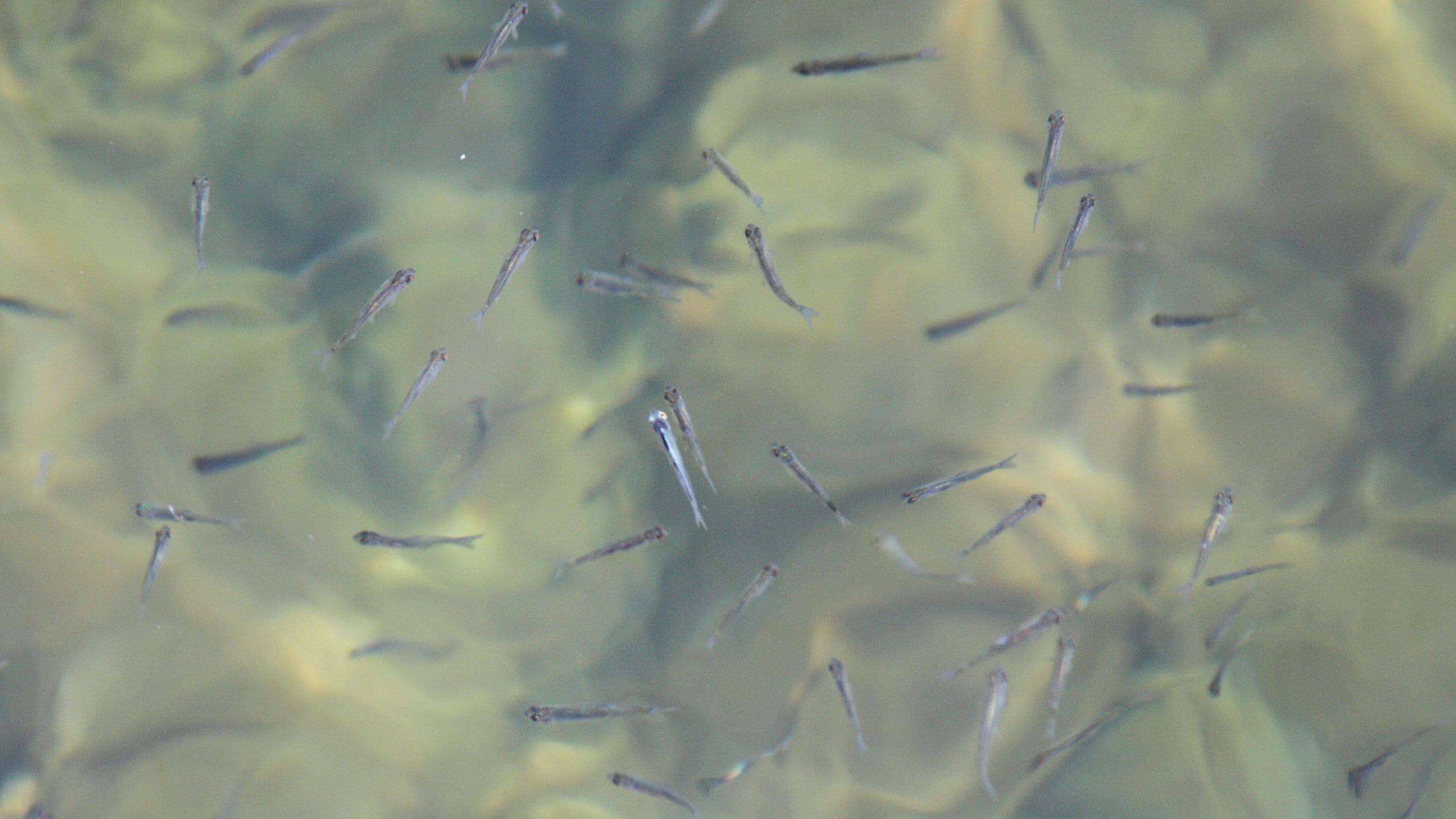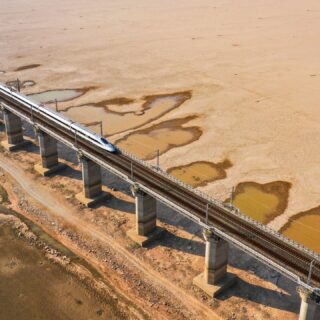A need to balance trade-off between energy and biodiversity
Less eggs produced by fish for temperature disruption out of damming rivers
This is a modal window.
Fish spawning usually depends on both critical and accumulated temperature. A species-specific threshold of temperature needs to be reached for fish to start spawning, which is called the critical temperature. Existing studies have largely focused on this, as it triggers the spawning of fish. However, accumulated temperature, which is the sum of temperature above or under a certain level over a period of time, is also important as it usually corresponds to the maturity of gonadal development of fish.
Li et al (2020) studied the spawning of Brass gudgeon (Coreius heterodon) in upstream Yangtze from 2009 to 2015. Their findings show that the impoundment of the cascade reservoirs has moved forward evidently the time when accumulated temperature is reached so that it takes place prior to reaching critical temperature. As reproduction is a rather energy intensive process, earlier gonad development leads to a lower rate of fecundity. Additionally, as water temperature becomes higher in the winter season, more energy is required by fish to maintain metabolism, which means less is left for breeding.
The findings have wealthy implications for the management of hydropower projects as it is often seen as an important way for decarbonisation. To realise the goals of sustainable development, the trade-off between energy and biodiversity is one of the many threads on which we need to make a perfect balance.
Full paper
- Li, T. et al. (2021) “Mismatch between critical and accumulated temperature following river damming impacts fish spawning.,” The Science of the Total Environment, 756, p. 144052. doi: 10.1016/j.scitotenv.2020.144052.




